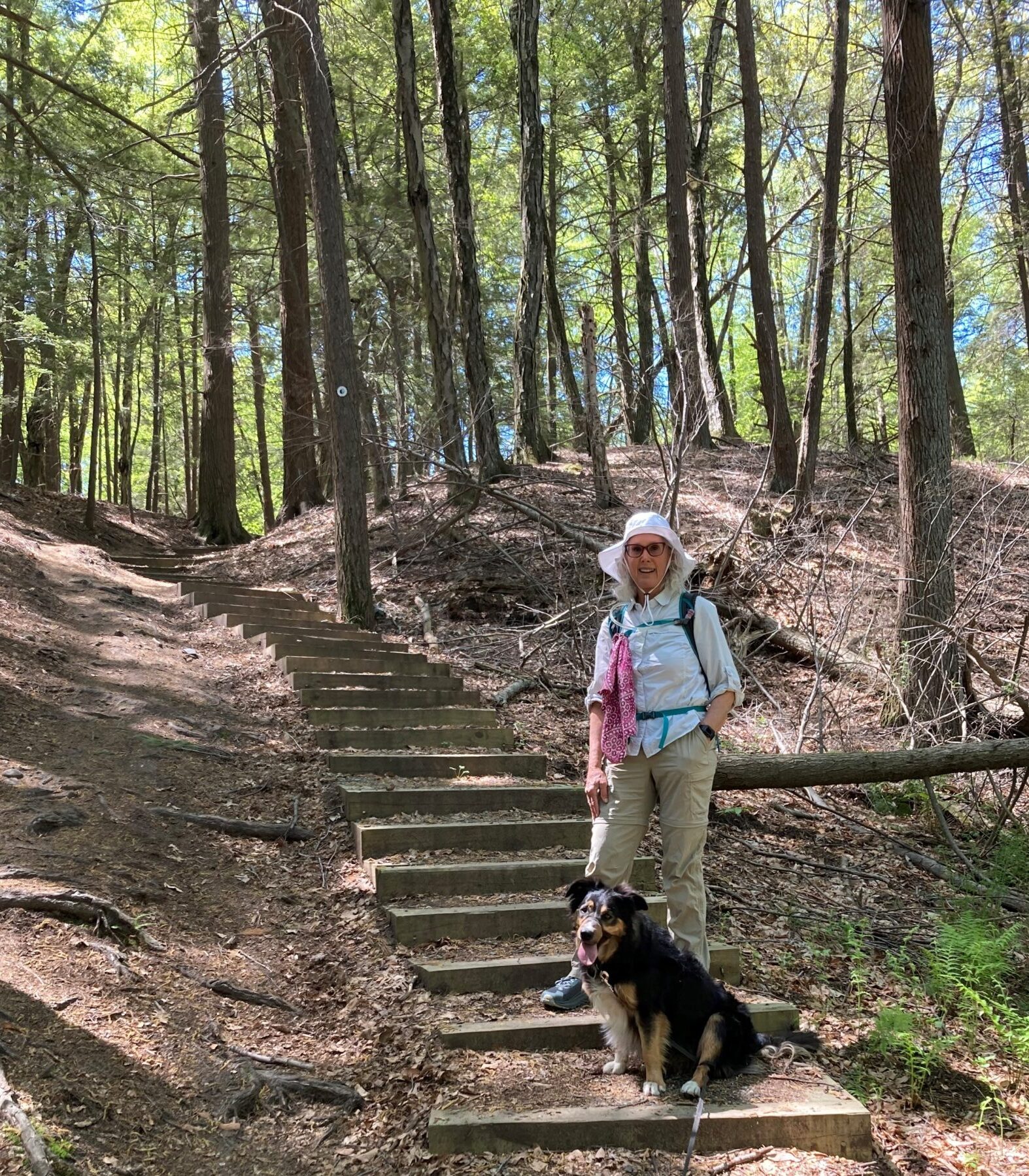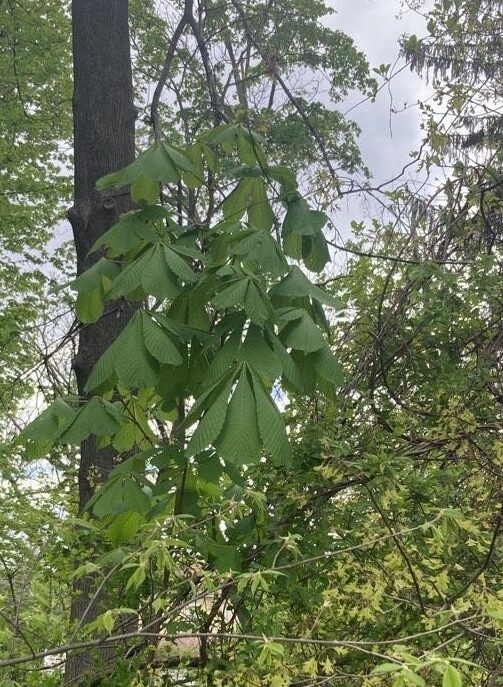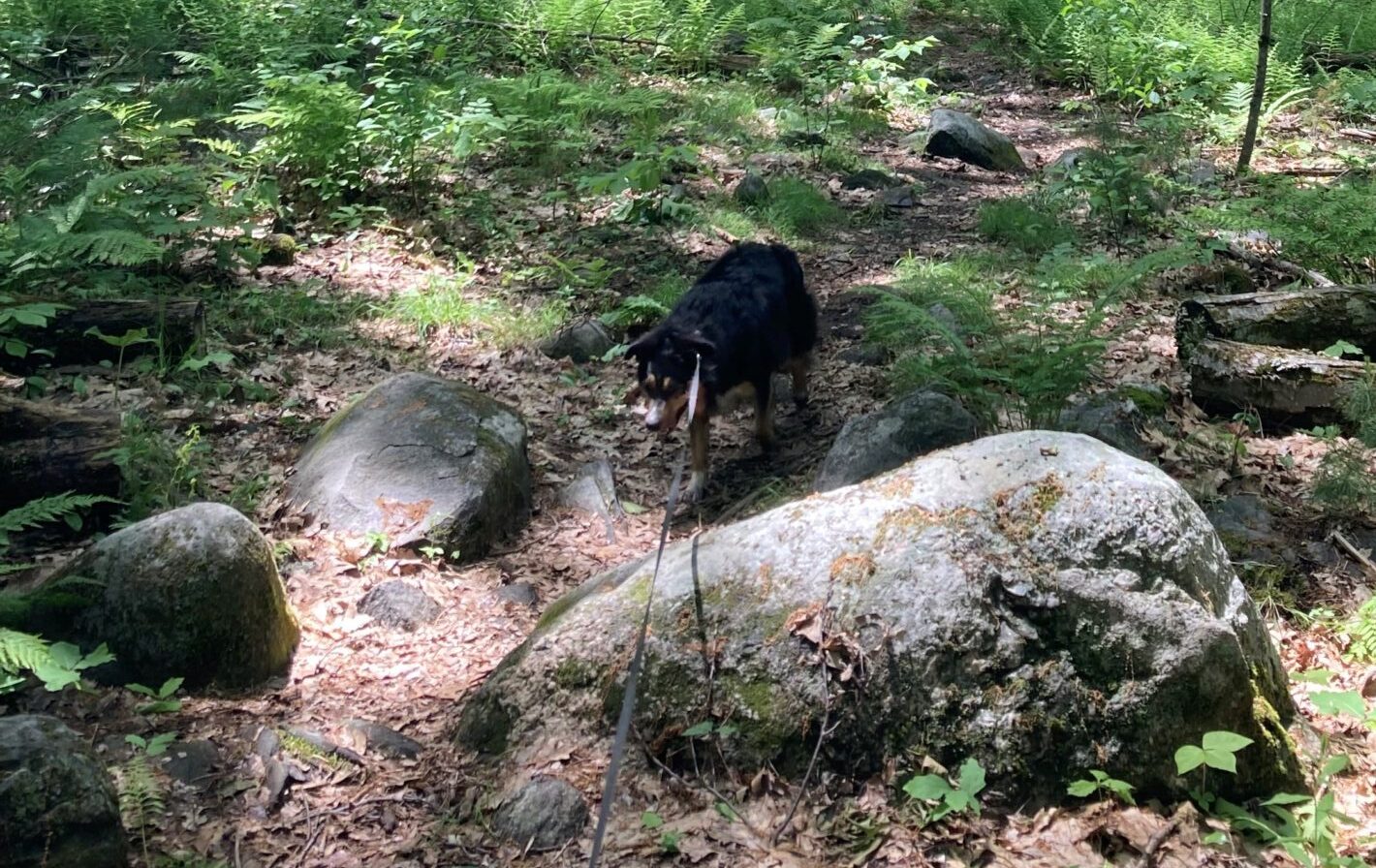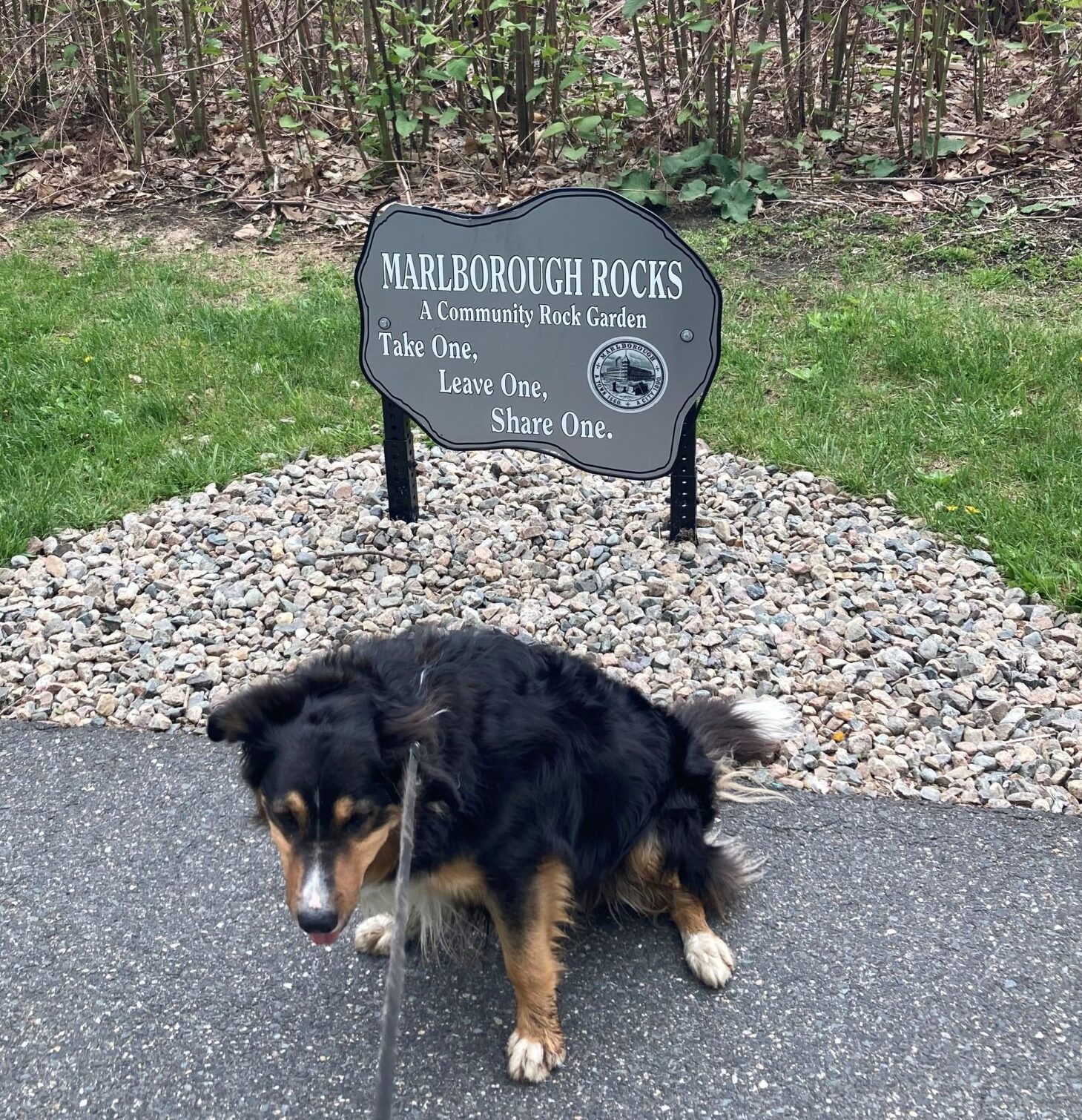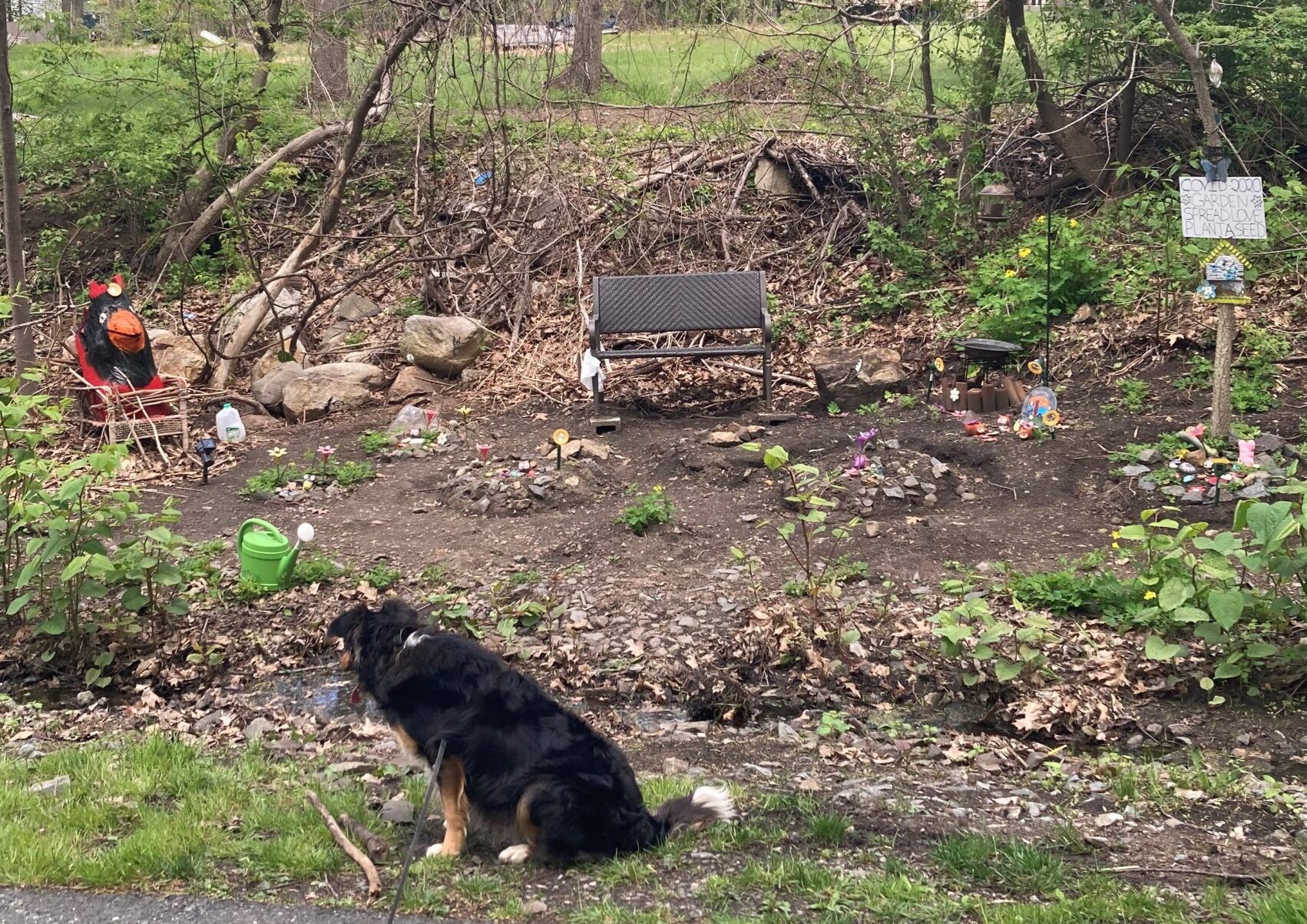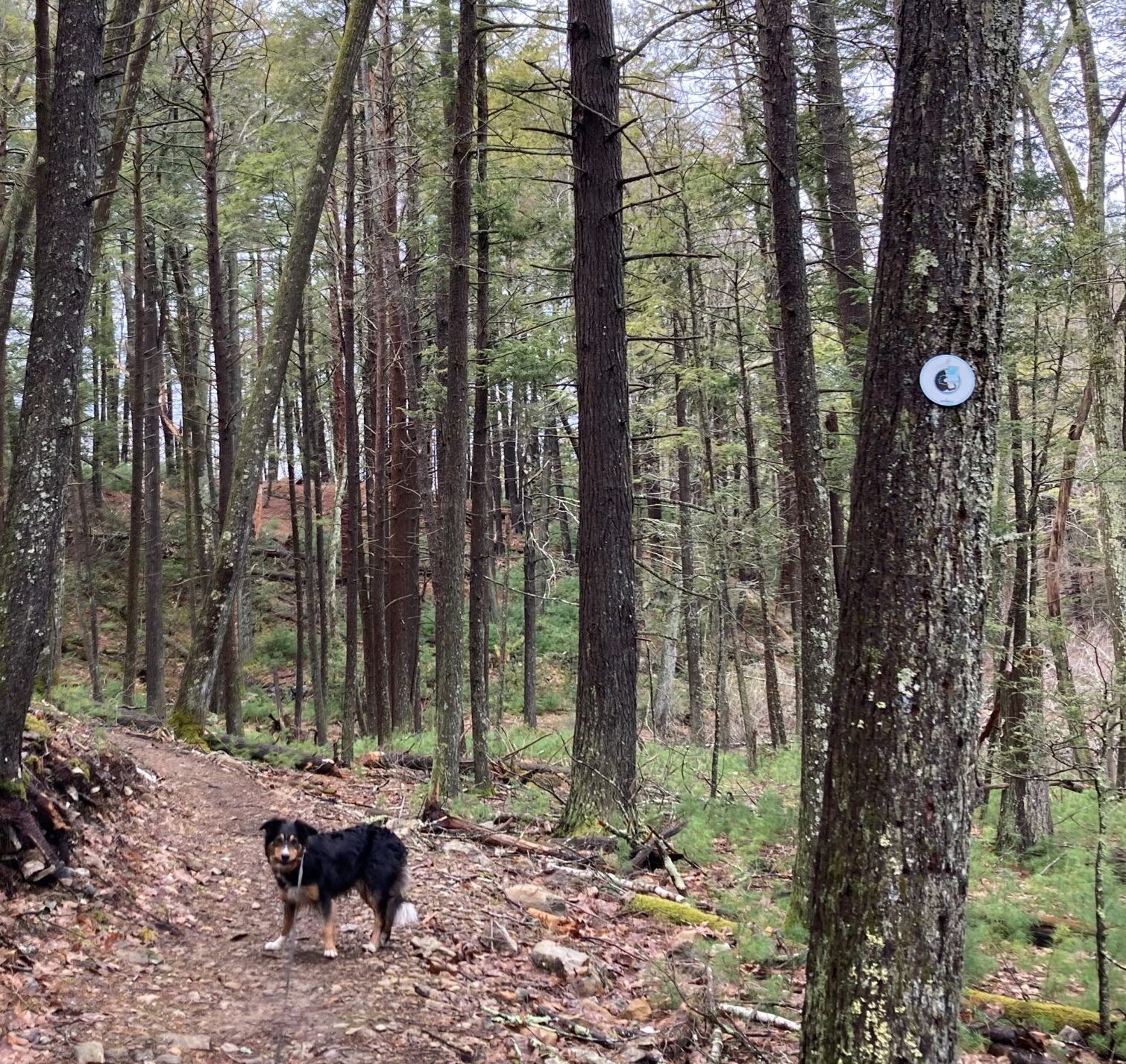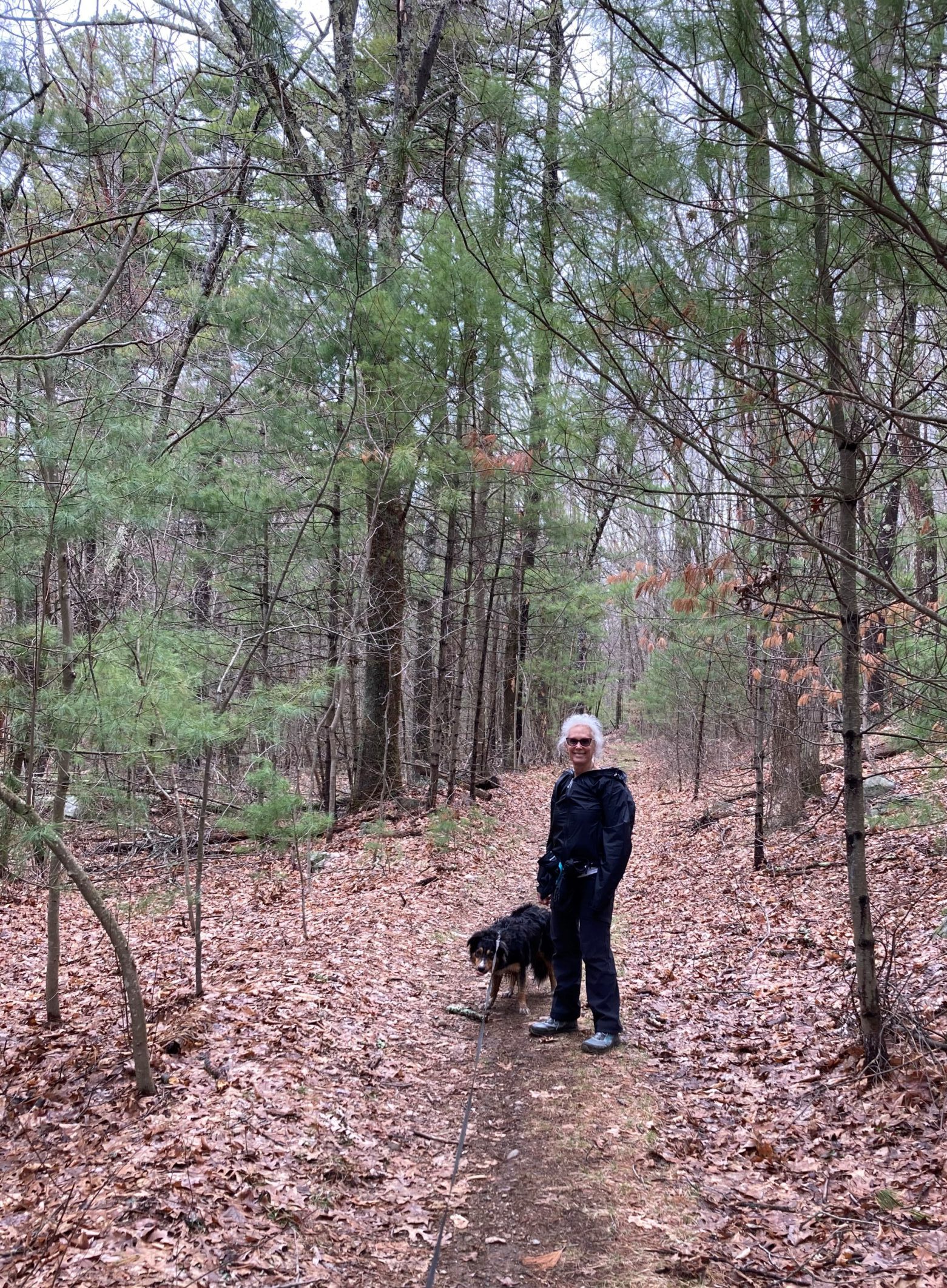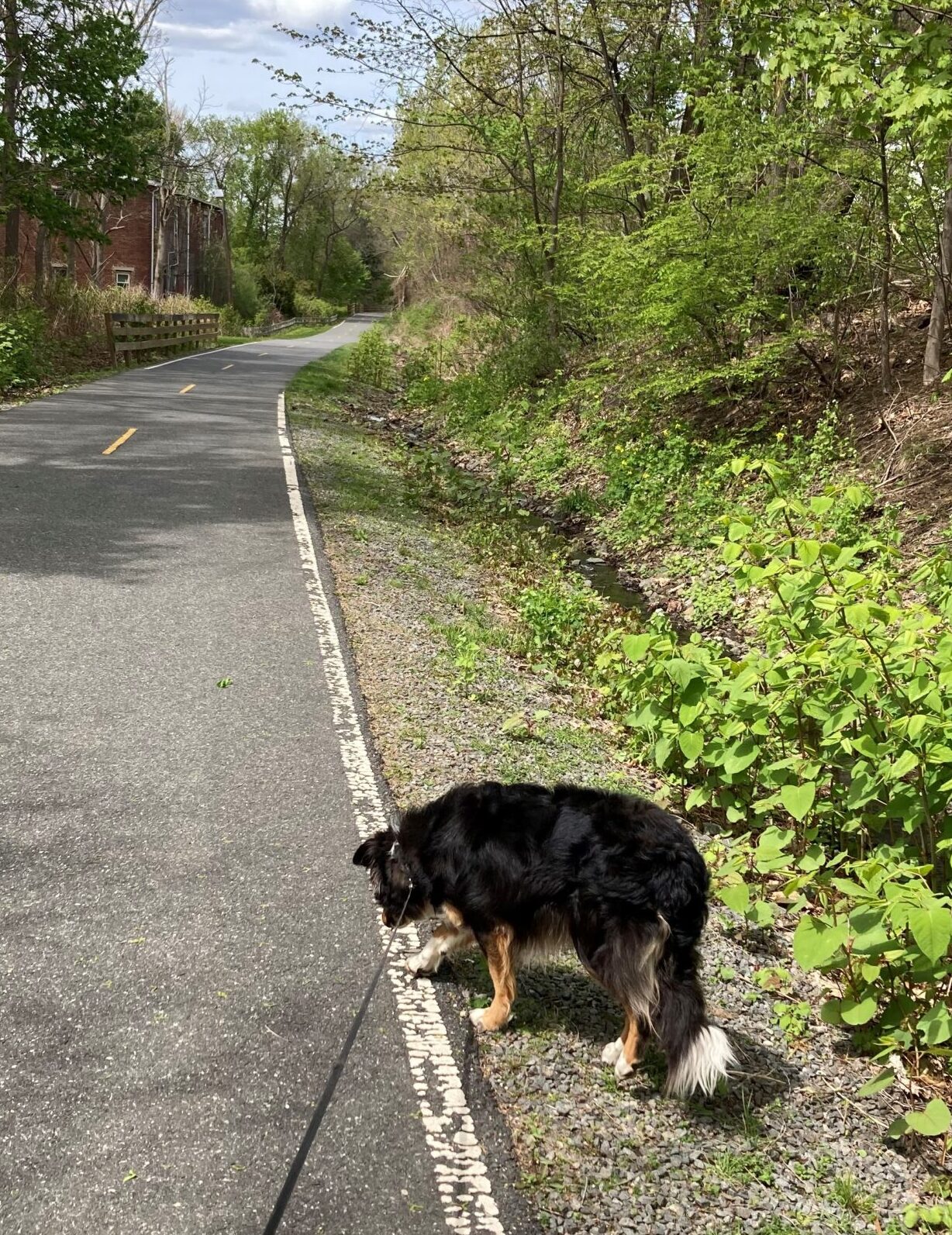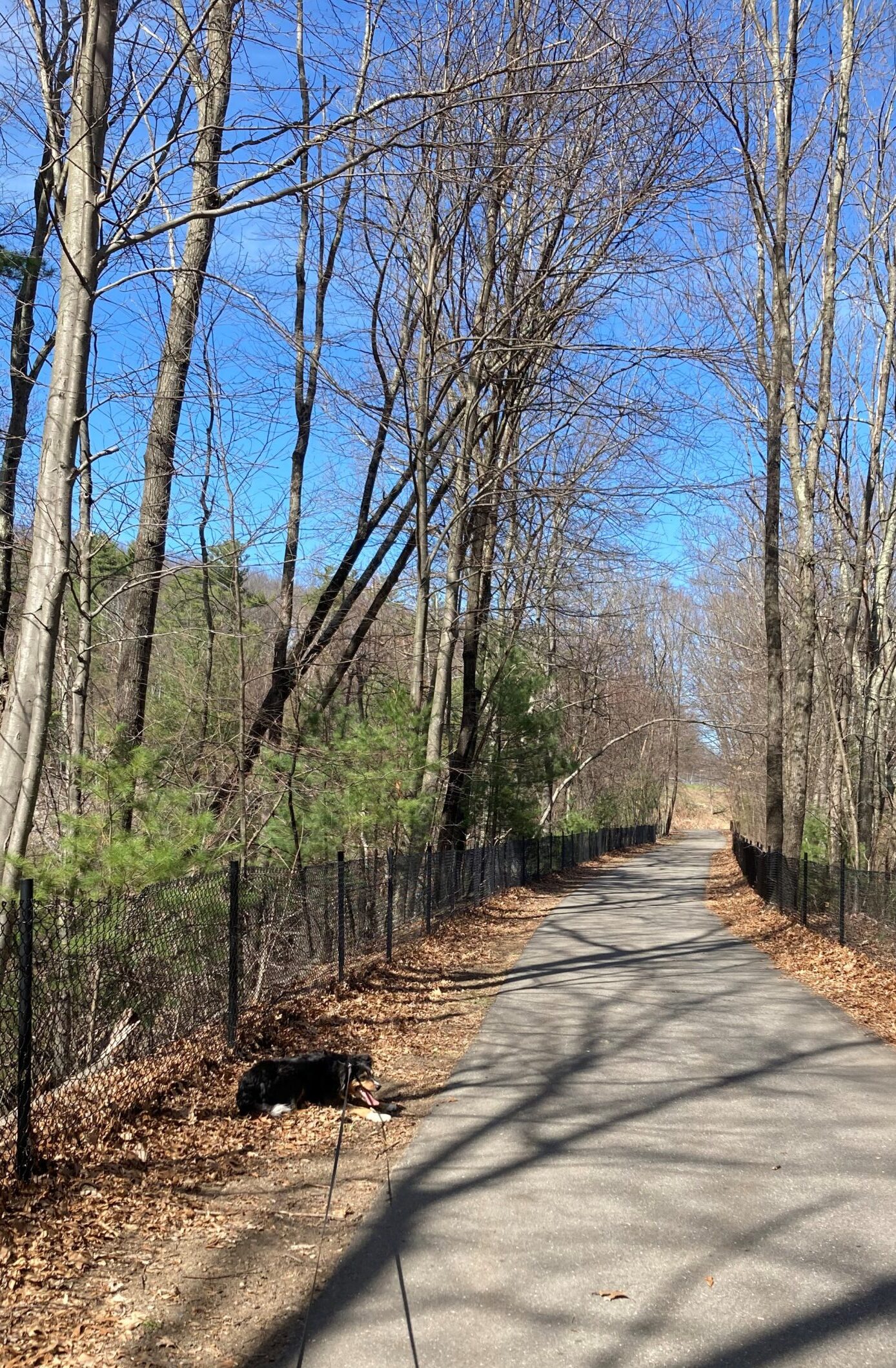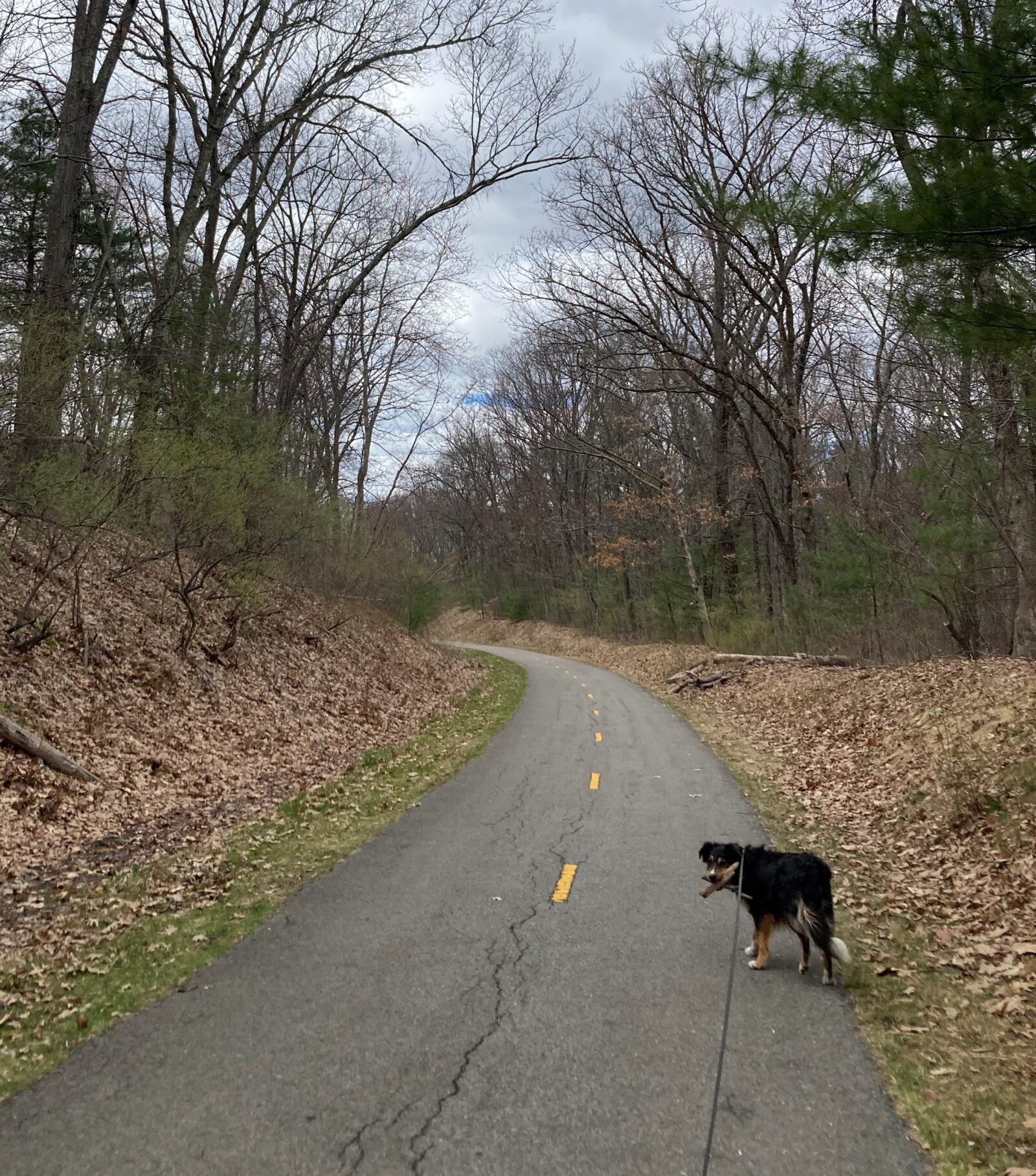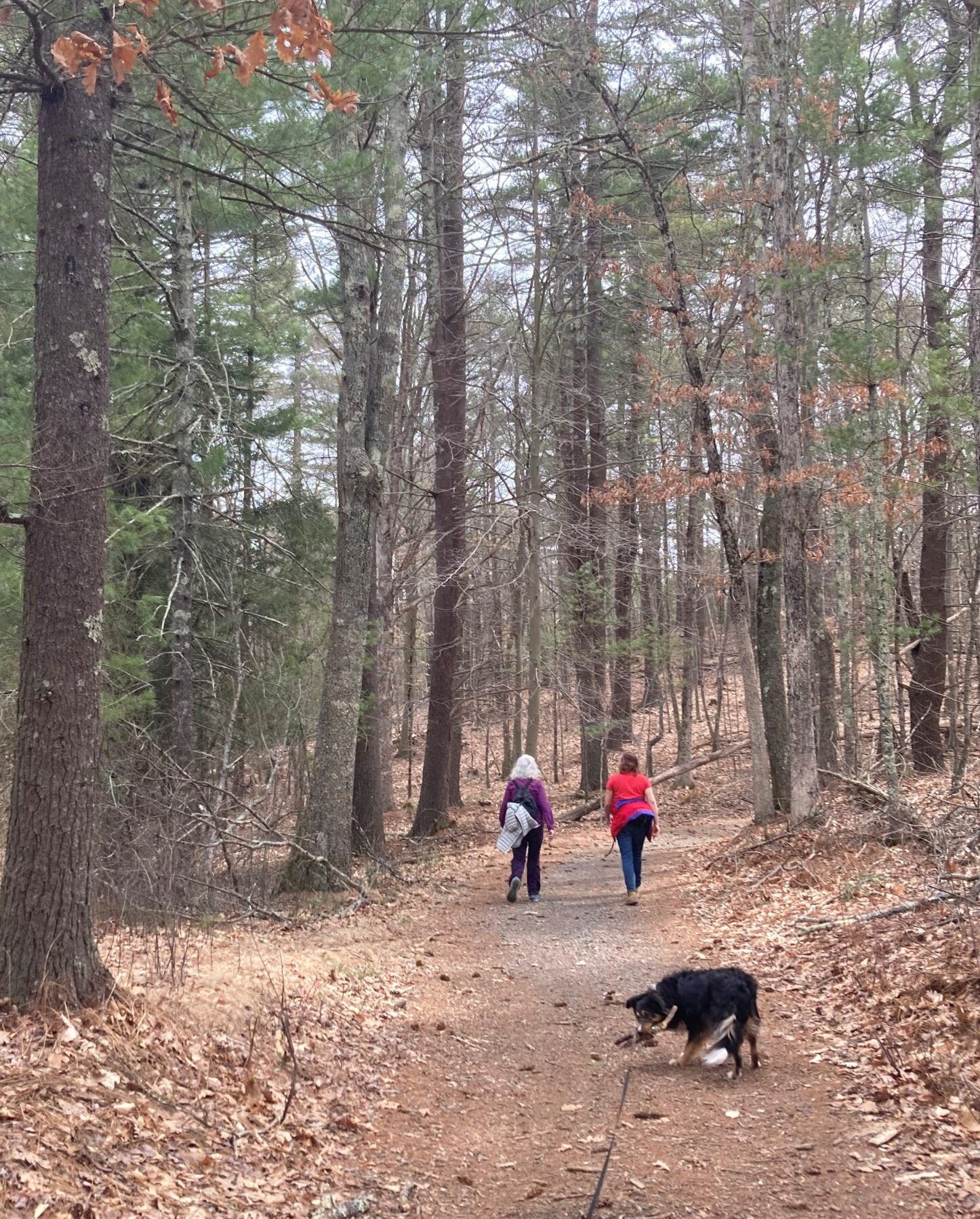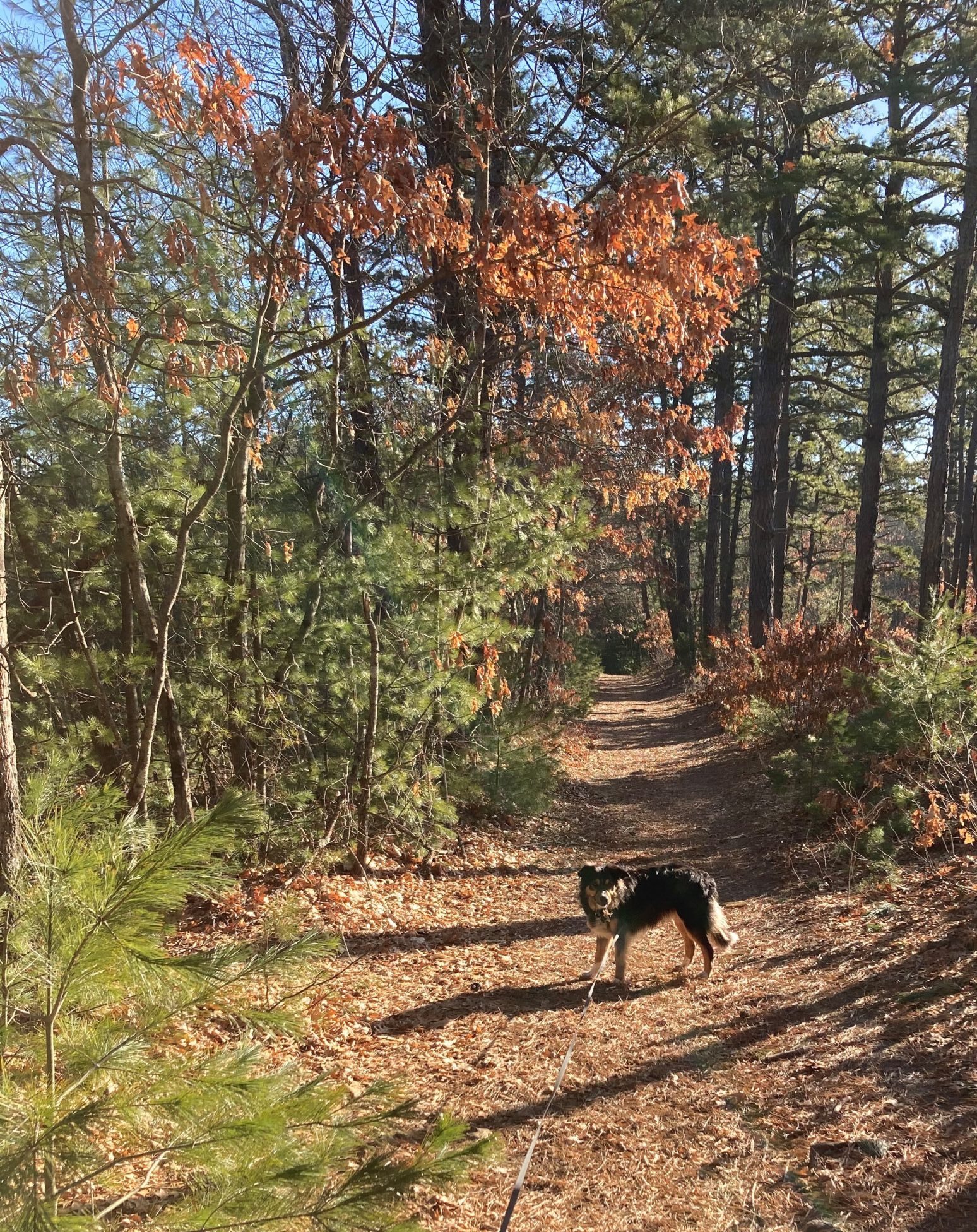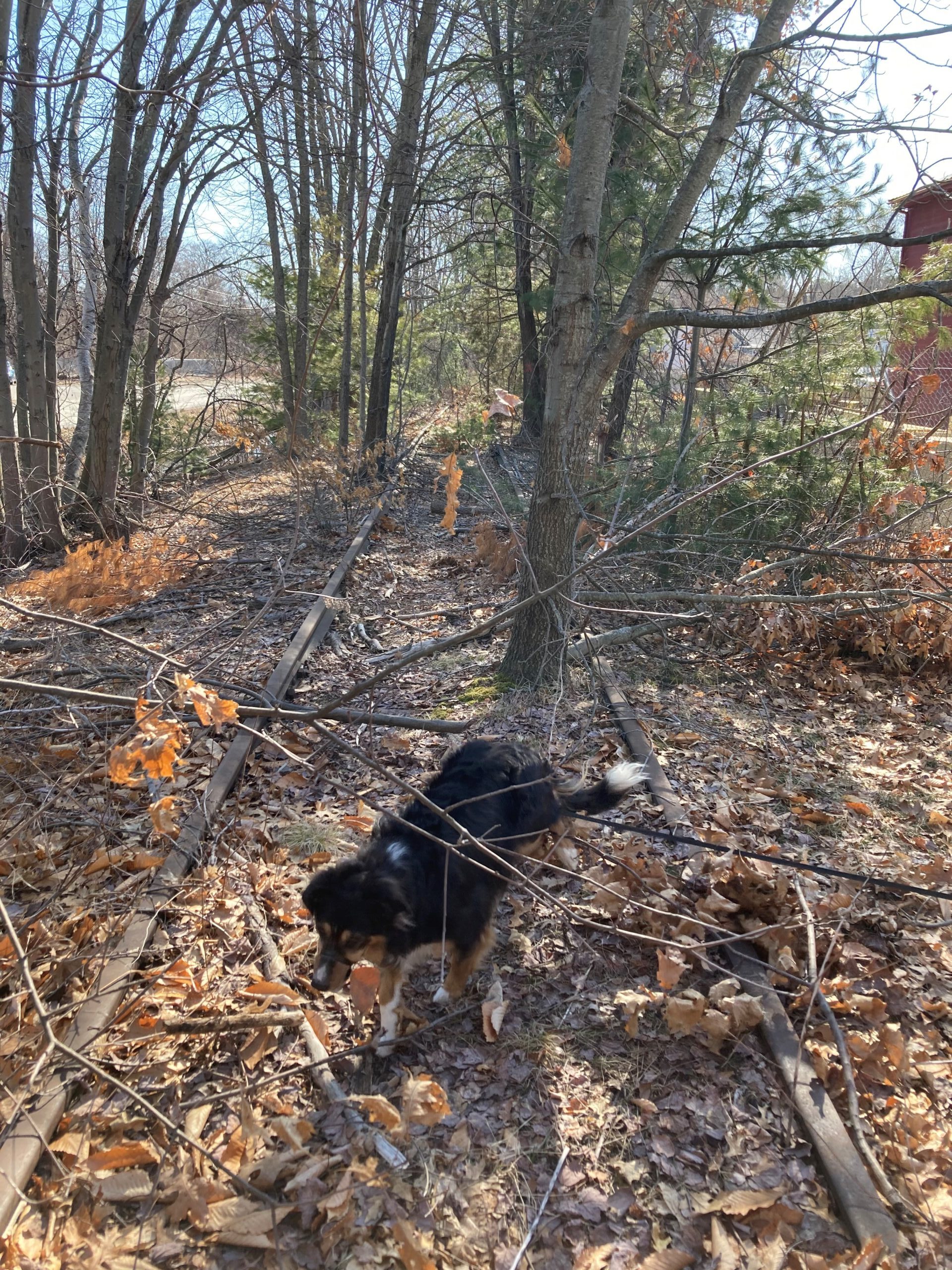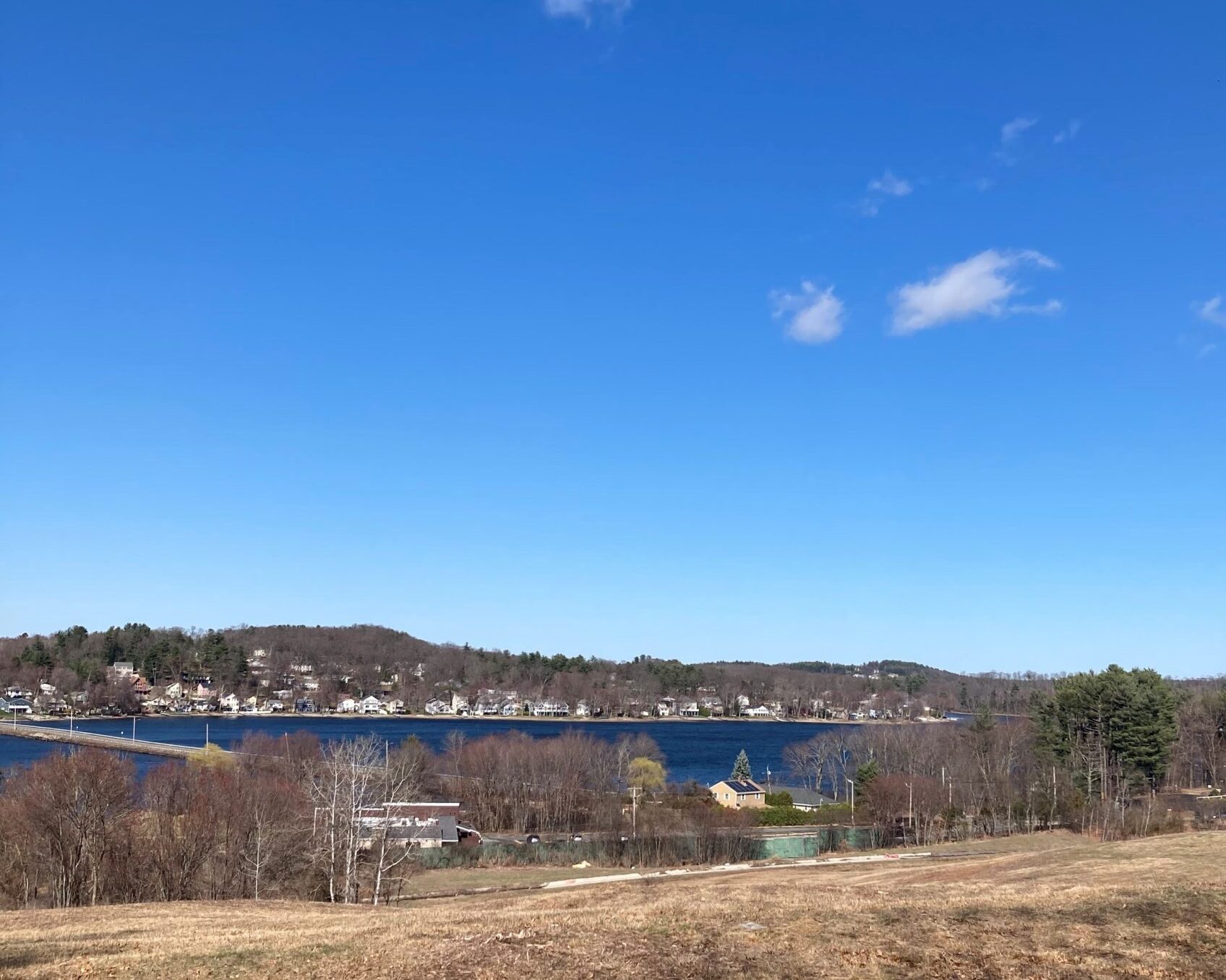The bond that links your true family is not one of blood, but of respect and joy in each other’s life.
-Richard Bach
Christine is indisposed again, so it’s just Phyllis, Waldo and I out on the next leg of the Bay Circuit Trail. It’s a ‘tween day — a day that is neither too hot, nor too cold. A Waldo kind of day. Our route takes us mostly through woods, with only an occasional jaunt on the city streets.
The path takes us up and down a few hills and across large tracts of lowland swamp. Where the hills get steep, someone has gone to the trouble of placing wooden beams across the trail, making winding staircases. Over the swamps, wooden boardwalks with railing make a serpentine platform a couple of feet over the mud, water and vegetation. The varying terrain and ambience is refreshing.
We pass a few people along the way, some on bicycles. As we do, the thought occurs to me that there is little difference amongst us humans. We all have the same traits — blood types, eye colors, body builds, and hair colors, just to name a few. Even our different skin colors are due to nothing more than varying amounts of melanin. This should be no surprise, since we are all in the same species. By definition, that means that we all can, and our ancestors certainly have, intermixed our genes. In addition, genetic analysis has shown that every human alive today has a common male ancestor who lived somewhere between 120,000 and 156,000 years ago. Additionally, every person alive today has a single female ancestor who lived roughly 155,000 years ago. Clearly all humans alive today belong to the same family. We are all brothers and sisters.
As I walk along, I listen to the wind playing in the trees. It sighs and whooshes, rattling their leaves and providing a pleasant and calming background song of floral life. You know, we are all related to the animals, plants and even bacteria around us as well. DNA stores the genetic information of every living thing on the planet. During cellular processing, that information is passed on to mRNA which is used to create proteins from amino acids. Different three-molecule sequences in the mRNA code for different amino acids in this process. The code in the mRNA is translated into the production of proteins by manufacturing them from the amino acids that are coded for in the mRNA. The wonderous thing is that this code is the same for all living things on the planet Earth. This didn’t happen by accident. It means that we are all related. Every animal, plant, fungus, bacteria, everything living thing is related to every other. Somewhere in the distant past, every thing alive today has a common single-celled ancestor that lived billions of years ago.
The ground I walk on sounds and feels hollow underfoot. In places, it’s a bit rocky; after all, this entire area was once a glacial moraine. In a sense, we’re all related to these rocks as well as the living things. The most common elements can be manufactured in stellar cores, up to and including iron. This is because up until iron, energy is released by the fusion that occurs in stars. Beyond iron, though, it takes more energy than a stellar furnace can provide. And yet, none of us would be alive if it weren’t for some of those elements. They were created by supernovae. I have heard it estimated that the elements in our bodies have passed through super novae about three times. Every object on Earth that has mass was created by the same stars and super novae. Come to think of it, if you go back 13.8 billion years, everything in the Universe was created in the big bang. Doesn’t that mean that every part of creation is related to every other part?
I look at Waldo and Phyllis. Yup, they are family for sure. The birds, chipmunks, and insects are also my family, as are the trees, bushes and weeds. The dusty earth beneath my feet and the stones I stumble over – all is family. Everything is family. How could it be otherwise?
After all, it is the experience of these things that make up everything in my life.


